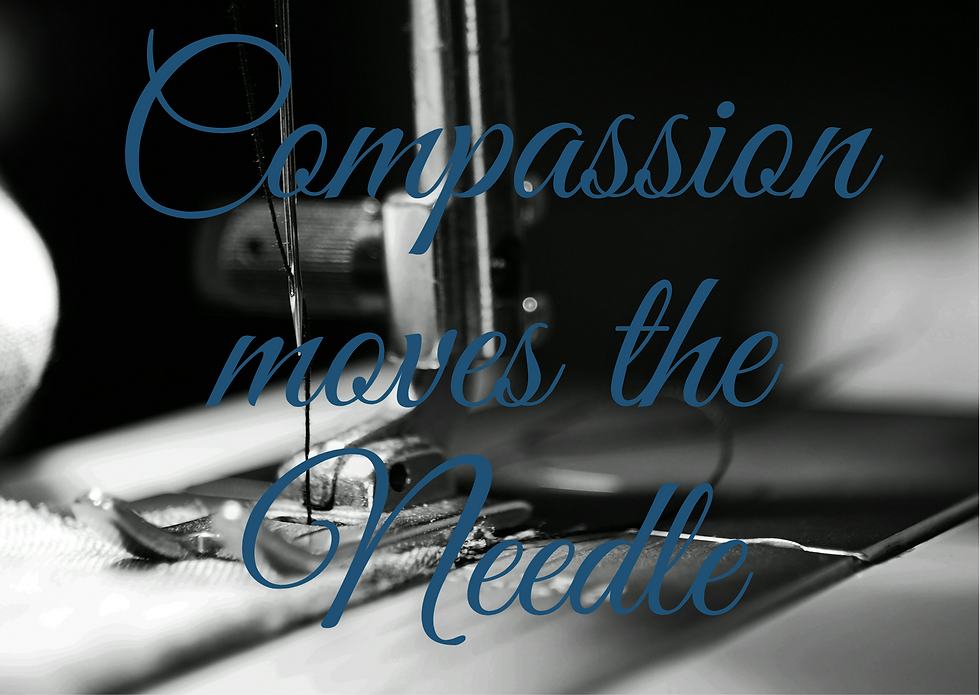Cultivating Inclusivity and Empowerment: How Mentorship Programs Foster Diversity in the Workplace
- Morita Andrew

- Jan 30, 2024
- 3 min read
Updated: Sep 26

Diversity and inclusion are crucial ingredients for innovation, creativity, and organizational success. And what better way to nurture a diverse and inclusive environment than through mentorship programs, structured initiatives that connect experienced individuals (mentors) with less experienced colleagues (mentees) to foster growth, knowledge transfer, and career development. But how can these programs be designed to actively promote diversity and inclusion?
Intentional Pairing: Breaking Down Barriers and Building Bridges
Traditional mentorship programs often rely on organic connections, which can unintentionally perpetuate existing biases and hinder diversity efforts. Instead, intentional pairing strategies can be employed to create more inclusive pairings:
Cross-cultural matching: Pairing mentors and mentees from different backgrounds and ethnicities fosters cross-cultural understanding and breaks down unconscious biases. Imagine a South Asian mentee paired with a Latinx mentor, both navigating the nuances of corporate culture from their unique perspectives. This can lead to valuable insights and a deeper appreciation for diverse experiences.
Want to read more?
Subscribe to proactivehrmsolutions.com to keep reading this exclusive post.








